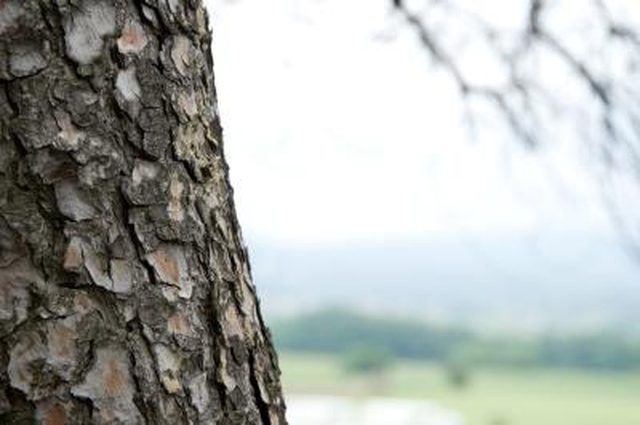Bulbs
Flower Basics
Flower Beds & Specialty Gardens
Flower Garden
Garden Furniture
Garden Gnomes
Garden Seeds
Garden Sheds
Garden Statues
Garden Tools & Supplies
Gardening Basics
Green & Organic
Groundcovers & Vines
Growing Annuals
Growing Basil
Growing Beans
Growing Berries
Growing Blueberries
Growing Cactus
Growing Corn
Growing Cotton
Growing Edibles
Growing Flowers
Growing Garlic
Growing Grapes
Growing Grass
Growing Herbs
Growing Jasmine
Growing Mint
Growing Mushrooms
Orchids
Growing Peanuts
Growing Perennials
Growing Plants
Growing Rosemary
Growing Roses
Growing Strawberries
Growing Sunflowers
Growing Thyme
Growing Tomatoes
Growing Tulips
Growing Vegetables
Herb Basics
Herb Garden
Indoor Growing
Landscaping Basics
Landscaping Patios
Landscaping Plants
Landscaping Shrubs
Landscaping Trees
Landscaping Walks & Pathways
Lawn Basics
Lawn Maintenance
Lawn Mowers
Lawn Ornaments
Lawn Planting
Lawn Tools
Outdoor Growing
Overall Landscape Planning
Pests, Weeds & Problems
Plant Basics
Rock Garden
Rose Garden
Shrubs
Soil
Specialty Gardens
Trees
Vegetable Garden
Yard Maintenance
What Is This Sticky Goo on the Evergreen Tree?
What Is This Sticky Goo on the Evergreen Tree?. A sticky substance found on the bark or limbs of an evergreen tree is tree sap. Generally found inside of the tree, sap serves many purposes for keeping a tree healthy. Sap on the outside of a tree indicates a problem.

A sticky substance found on the bark or limbs of an evergreen tree is tree sap. Generally found inside of the tree, sap serves many purposes for keeping a tree healthy. Sap on the outside of a tree indicates a problem.
Contents
Sap is made up nutrients, sugar, minerals, hormones and water.
Injury
Since sap generally moves throughout the inside of the tree, sap coated on the outside of a pine tree is indicative of injury or disease. Excess sap production is a symptom of common pine tree diseases such as canker disease, according to the North Dakota State University Extension. Insects that bore through the wood and bark of the tree also contribute to excess sap production.
Purposes
Sap serves many purposes for the evergreens that produce it. Sap helps move plant food produced in the leaves throughout the trunk and branches of the tree. It also serves as a natural defense element for the pine tree. Sap acts as a natural bandage, plugging up holes made by boring insects or disease, preventing further widespread problems for the tree.
Season
Sap generally flows through a tree during the tree's growing season. Sap production slows or stops when temperatures remain below the freezing mark.
Problems
Sap can be difficult to remove from clothing, skin and pets, making it a problem in some areas. Contact the local agricultural extension office for a diagnosis for trees producing excess. Sap can be removed using a tool de-greasing product, tea tree oil or nail polish remover. Place clothing with sap deposits in the freezer until the sap is frozen and chip it off.